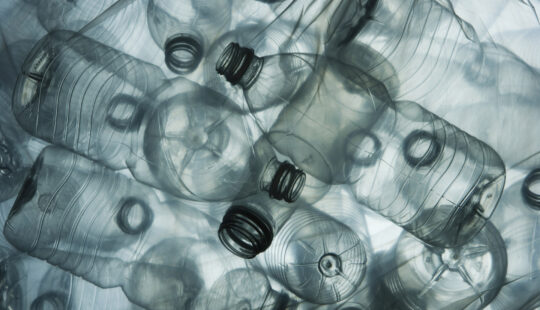What’s News
Record-setting heat waves and abnormally low rainfall — particularly in the American West — have led to unprecedented drought conditions in almost half of the U.S.
In Lake Mead, just outside Las Vegas, water levels are so low that the remains of villages that were flooded decades ago are re-emerging. Five sets of long-hidden human remains have been found since May, including the remains of a man who had been stuffed into a barrel in a case believed to be connected to mob activity.
SAP’s Take
Nearly two-thirds of the world’s population is predicted to face water shortages by 2025. But it’s not just the absence of rain that is causing problems. As Richard Howells, a supply chain expert at SAP, notes: “The things we do every day can be a drain on the water supply.”
It is estimated that on average in the U.S. each person uses between 80 and 100 gallons of water a day on simple activities such as flushing a toilet, taking a shower, washing clothes, and using the dishwasher. Watering lawns has even been banned in many communities to reduce water consumption.
Most of us are not aware of the impact that production of everyday clothing has on water levels, both due to the manufacturing process and the raw materials required to make them. For example, it has been estimated that:
- One cotton T-shirt takes 713 gallons of water to grow the cotton it contains.
- One pair of jeans needs 1,800 gallons of water to be produced, largely due to the manufacturing process and the amount of cotton involved.
- One pair of leather shoes takes 2,257 gallons of water, mostly to feed and water the animal but also reflecting the water involved in making rubber soles.
Just as importantly, says Howells, water is a secondary requirement in the procurement and production of most, if not all, of the food and drinks we consume. Here are just a few examples:
- A pound of beef takes 1,799 gallons of water to produce, reflecting the vast amount drunk by a cow during its life
- A pound of pork requires 576 gallons of water to produce
- A pound of chicken takes 468 gallons of water
- A loaf of bread takes 172 gallons of water to grow the grains
- A single egg takes 53 gallons worth of water
- A pound of potatoes takes 34 gallons of water to grow
- A gallon of wine requires 872 gallons of water, including the water needed to grow the grapes as well as the production and equipment cleaning processes
- A pint of beer requires 20 gallons of water, including the water used in the brewing process and to grow the barley, hops and other raw materials
- A single cup of coffee takes 37 gallons of water to grow and process the coffee beans
“With water levels at record lows, it is up to us as individuals and businesses to optimize our use of water and other natural resources to both preserve what we have and ensure that more becomes available,” says Howells.
He notes that there has been a surge in meat substitutes that look and taste like the real thing but with less environmental impact. There has also been an increase in vertical farming initiatives that use hydroponics and other techniques to grow food without soil in vertically stacked layers.
Some companies are also stepping up to the challenge by embracing the circular economy. Recently, Levi Strauss & Co. introduced its “most sustainable jean ever,” made from organic cotton and recycled jeans.
Similarly, footwear manufacturers are increasingly designing footwear made of synthetic, recycled and sustainable materials. For example, adidas Ultraboost “Made To Be Remade” shoes are 100% recyclable. Consumers are encouraged to return each pair to adidas at the end of their natural lifecycle, which shreds and grinds all the materials, then expertly crafts them into the next innovative shoe design.
“We need to think about the raw materials that are involved in the things we wear and consume, and design products that leverage more ecologically friendly and recycled materials,” Howells says.
Contact:
Ilaina Jonas, Senior Director of Global Public Relations, SAP
+1 (646) 923-2834, ilaina.jonas@sap.com



